![]() 16 Jul 2024
16 Jul 2024
The Meiji Restoration significantly reshaped Japan’s industrial landscape and labor force, bringing profound changes from the late 19th to early 20th centuries. This period saw the expansion of the industrial workforce, the emergence of patriarchal nationalism, aggressive militarization, and the struggle to balance Westernization with traditional values.
However, industrialization of Japan during the Meiji Era brought about significant changes in the labor force and the industrial landscape. Here are some key points:
Industrial Workforce Expansion: The number of people employed in manufacturing increased substantially during this period, rising from 700,000 in 1870 to 4 million in 1913.
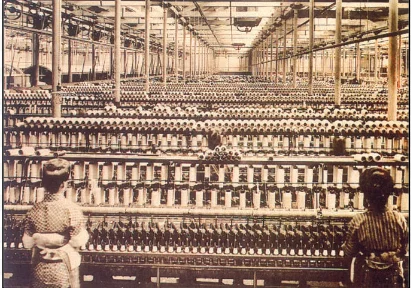
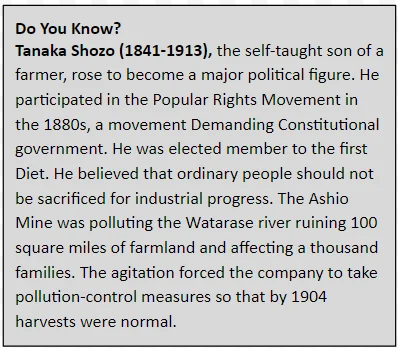

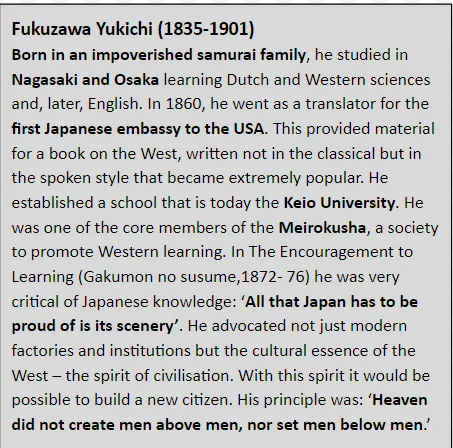
Daily Life

| CAR CLUB
Moga: An abbreviation for ‘modern girl’. It represented the coming together in the twentieth century of ideas of gender equality, a cosmopolitan culture and a developed economy. The new middleclass families enjoyed new forms of travel and entertainment. Transport in cities improved with electric trams, public parks were opened from 1878, and department stores began to be built. In Tokyo, the Ginza became a fashionable area for Ginbura, a word combining ‘Ginza’ and ‘burbura’ (walking aimlessly). The first radio stations opened in 1925. Matsui Sumako, an actress, became a national star with her portrayal of Nora in the Norwegian writer Ibsen’s A Doll’s House. Movies began to be made in 1899 and soon there were a dozen companies making hundreds of films. The period was one of great vitality and the questioning of traditional norms of social and political behaviour. |
‘Overcoming Modernity’
After Defeat: Re-emerging as a Global Economic Power
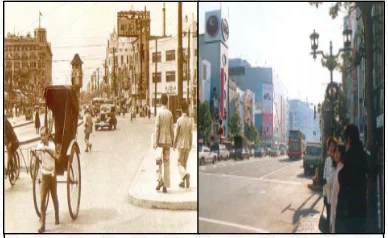
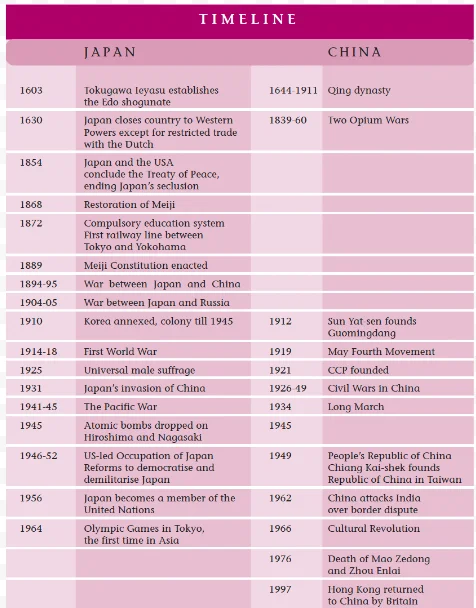
| Must Read | |
| Current Affairs | Editorial Analysis |
| Upsc Notes | Upsc Blogs |
| NCERT Notes | Free Main Answer Writing |
The Meiji Era marked Japan’s rapid transformation into an industrial and military power. Despite facing environmental challenges and the complexities of modernization, Japan’s resilience and ability to integrate advanced technologies led to its post-war economic recovery, establishing it as a significant global player with stringent environmental controls and strong civil society movements.
| Related Articles | |
| India Japan Relations | List of Joint Military Exercises of India |
| Industrialization in India | ECOLOGY, ECOSYSTEM AND FUNCTIONS OF ECOSYSTEM |
<div class="new-fform">
</div>